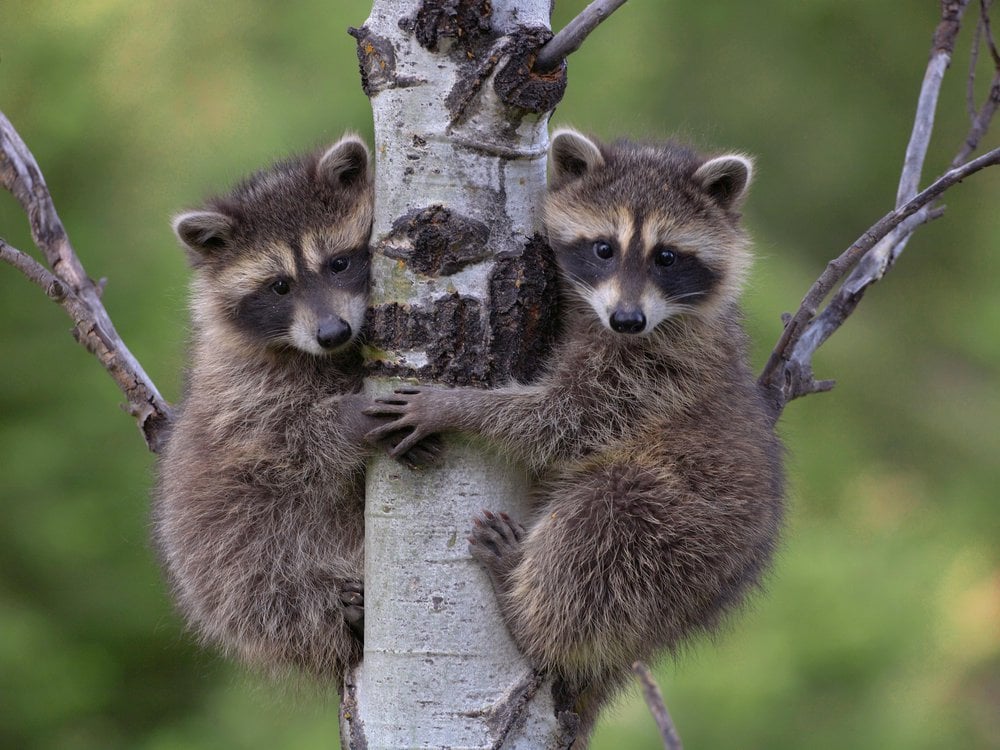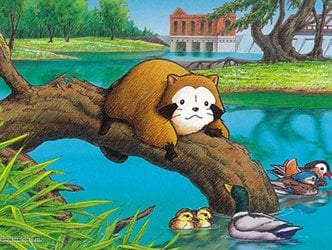The Children’s Book That Caused Japan’s Raccoon Problem
When the story of one man’s childhood pet raccoon became a hit in 1970s Japan, it heralded a biological invasion still troubling the country today

Today, raccoons are a nuisance animal in Japan, rummaging through trash, stealing goods from vendors, feasting on crops and even damaging ancient Japanese temples with their sharp claws and abundant poop. But their invasion started back in 1977, when the kids of Japan were going crazy for a cartoon raccoon named Rascal.
He was cute and mischievous and the star of an anime series adaptation of a favorite children’s book, written by American author Sterling North. As Eric Grundhauser over at Atlas Obscura explains, the book, entitled Rascal: A Memoir of a Better Era, was released to western audiences in 1963 and told the story of North’s adventures with his childhood pet raccoon. Audiences ate the warm and fuzzy story right up, and Disney even made it a live-action movie in 1969.

But the book would reach a new height of fame when the story migrated to Japan, where the Nippon Animation Company turned it into a 52-episode cartoon series to the delight of the nation’s children. The kids loved Rascal so much that they wanted raccoons to take on their own adventures. Soon, the Japanese were importing around 1,500 critters a month. But, as Grundhauser writes, “If only they had finished the series first.”
You see, at the end of Sterling North’s book, he has to send Rascal back into nature to live as he was meant to live—not as a companion to humans, but as a wild animal. And that’s just what many families in Japan eventually found themselves doing, too. After all, though raccoons look like cute little cat burglars as babies, they don’t really make good pets.
The Japanese government soon banned the import of raccoons as well as the practice of keeping them as pets, but the damage was already done. The descendants of the Rascal craze can be found, according to a 2004 report, in 42 of the country’s 47 prefectures.
Japan isn’t the only place raccoons have invaded beyond their native North America foraging grounds. Parts of Europe and the Caucuses have their own raccoon troubles thanks to imports driven by hunting and the fur-trade. The critters’ tendency to carry deadly diseases like rabies caused alarm in Spain in 2012. And in Germany that year, one city counted 100 raccoons per square kilometer. That’s a whole lot of Rascals.

